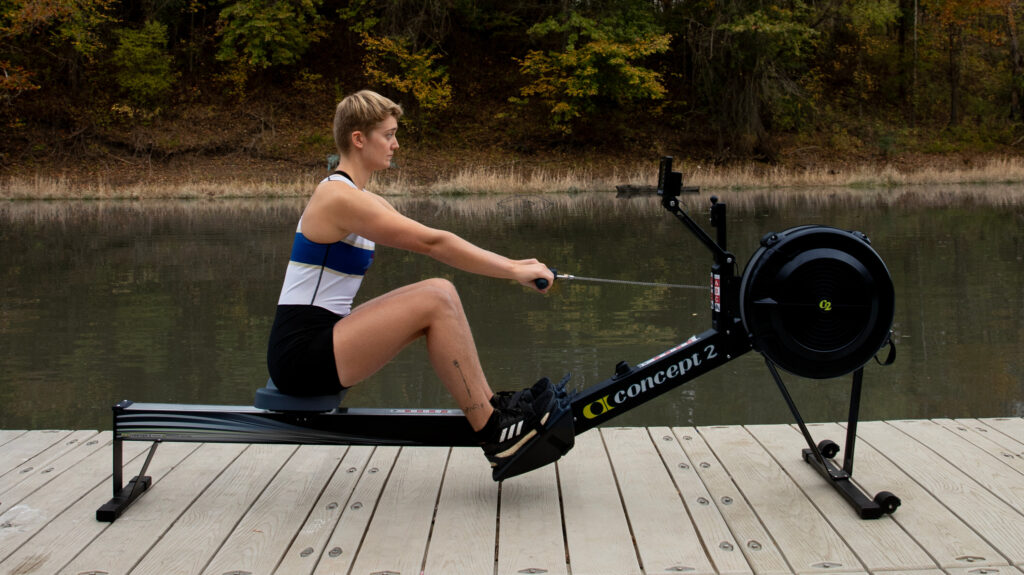
Here in the Seattle area, we are lucky to have a large and active rowing community. Seattle is home to the Windermere Cup the largest 1-day regatta in the Pacific Northwest. There are many private, university, and high school boat clubs in the area, which means there are a lot of Seattle area residents doing crew- and potentially injuring themselves if done incorrectly.
Crew is a balance between strength and technique. Injuries can come about from over training or improper technique. Before starting on the rowing machine (the ERG), be sure to study the instructions of how to do it correctly to avoid injury. For rowing on the river, there are lots of beginner classes in the area to introduce you to the equipment, technique, and rules of the river. But after all that, some people do still end up with injuries. Common injuries involve the back, shoulders, knees, Achilles, and wrists.
The majority of the rowing stroke is powered by your legs while the back and arms should remain in the same position initially. Then the stroke is completed with leaning back slightly and bringing your hands and the handle to your chest. People get back pain from leaning back too early and bearing the brunt of the force through the low back or from leaning back too far at the end and asking the back to support an unnatural body angle against gravity. Ways to prevent this is to limit how much the back moves throughout the stroke with no excessive or wasteful movement and to strengthen the core to support the back throughout the activity. The back should not strain during rowing but just be a transition from pushing with the legs to pulling with the arms.
Knee and Achilles tendon pain can come from each end of the stroke. When the knees are bent and the arms outstretched in front of you, you should be in a comfortable and controlled sitting position with the shins vertical. However, as people increase the speed and rate of rowing, they rush up to this position and over-compress the legs, which leads to excessive repetitive stretch on the Achilles and patellar tendons. It also requires the leg muscles to work from this overstretched position to start the next stroke, which leads to muscle strain and compression of the knee cap on the knee joint. Conversely, different knee pain comes from the end of the stroke when the legs are fully extended. As a rower gets tired, the tendency increases to relax the muscles and passively lock the knees at the end of every stroke. With proper rowing, the knees should never lock and unlock, but remain ever so slightly bent so the muscles stay engaged throughout the movement. Muscles like to work the best in mid-ranges and do not perform well when fully compressed or over-stretched.
Next time you have the opportunity to try rowing on the lake or on the rowing machine at the gym, don’t be intimidated! Give it a try and keep these tips in mind. Stay safe to be sure not to develop one of these classic overuse injuries.
If you are finding yourself experiencing pain while rowing make an appointment to see Dr Arthur or Dr Shay at Corner on Wellness Chiropractic Center





